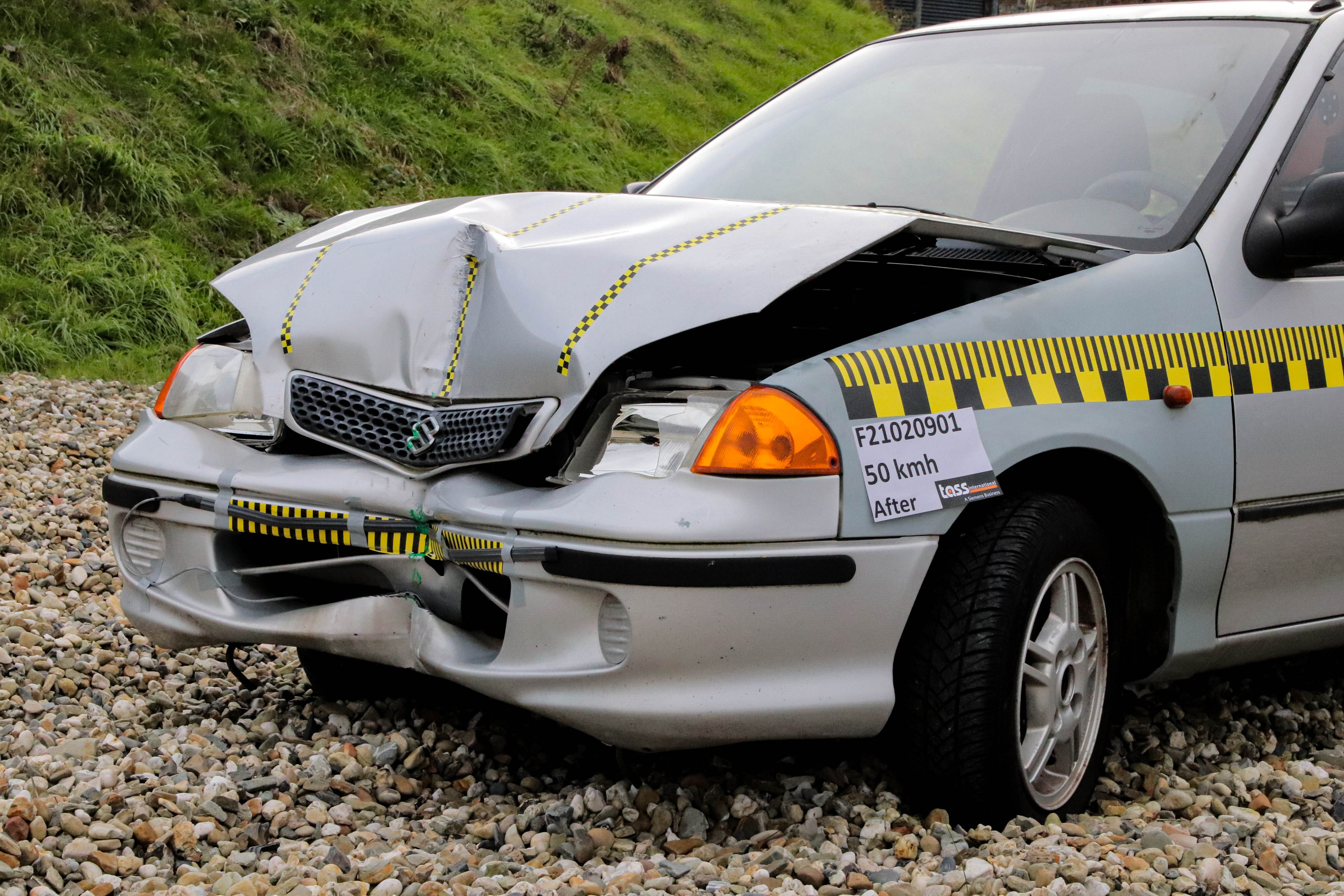

When producing columns, it should be considered that accidents involving them will occur. The goal of a responsible company in the outdoor lighting industry should always be to ensure the safety of road users. Therefore, passive safety, i.e. how during a road collision we can minimise its negative effects, is one of our priorities.
- Home
- Knowledge zone
- Passive Safety Classification